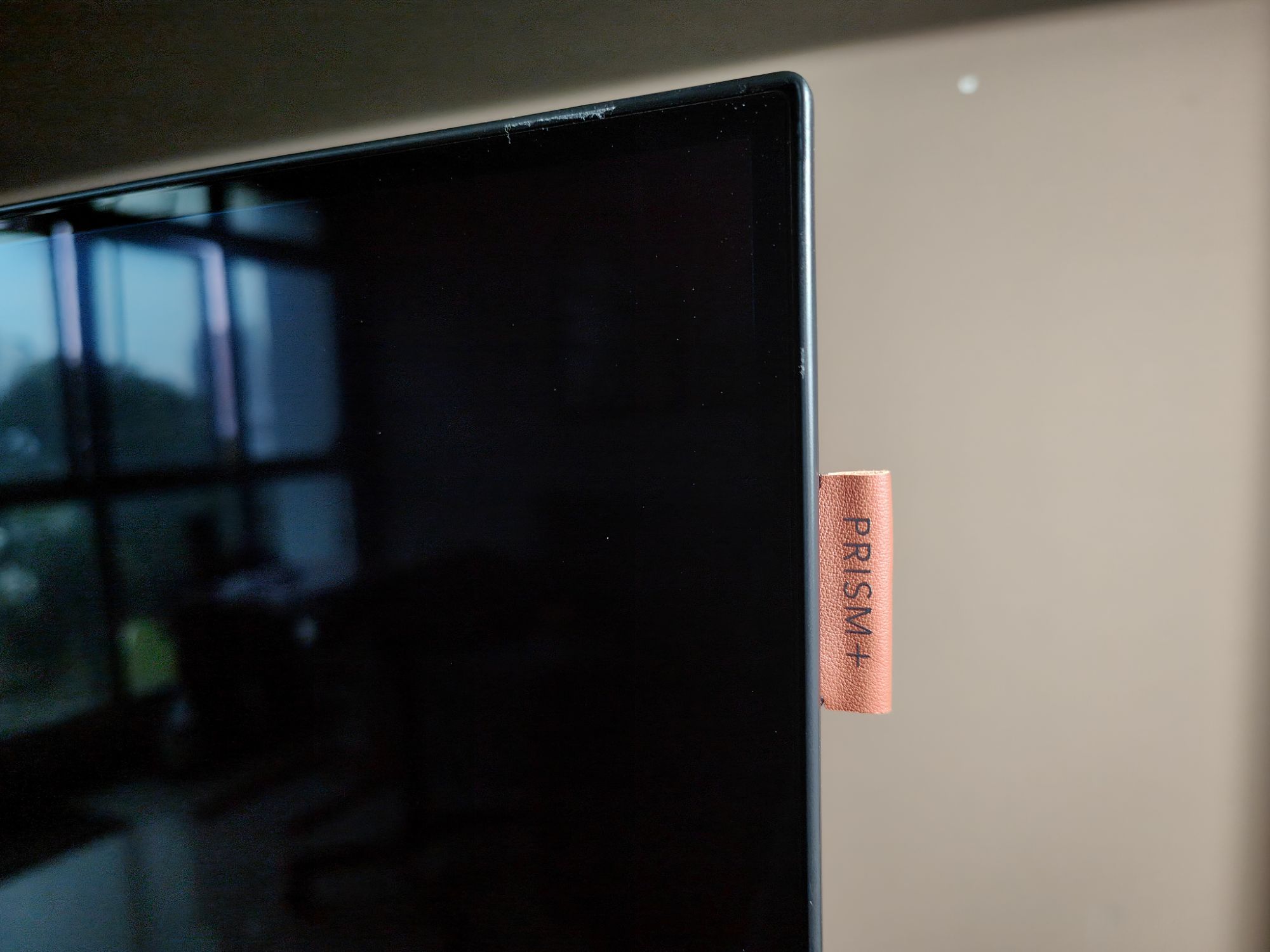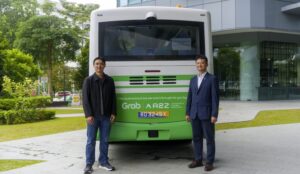Brought to you by Keysight Technologies
By Jen Mullen

The deadline for the United Nations (UN) 2030 Agenda for Sustainable Development, a framework of strategies to tackle climate change, improve health, education, and equity, and incite economic growth worldwide is rapidly approaching.
Technology is a core pillar and means of implementing the innovation, opportunities, and capabilities defined in the UN’s strategy. And, in the cutthroat technology space, companies that want to command and maintain strong market share must satisfy consumer demand for the latest features and these need to function flawlessly and available at competitive prices.
Keeping pace in this climate means evolving the way technology providers approach challenges and finding ways to optimise all aspects of their operations.
You cannot maintain the status quo and realise any ambition, be that a business goal or solving the global climate crisis, in a silo.
In the post-Moore’s Law world we now inhabit, innovating something truly revolutionary is only possible through collaboration and co-innovation across sectors and disciplines. The silos that industries have historically operated in are eroding and the result is accelerated leaps in sophisticated technologies that are transforming the way we move through daily life.
Across sectors, innovators are disrupting the status quo by leveraging new technologies like artificial intelligence (AI), machine learning (ML), and digital twins and adopting best practices from other industries.
Cross-disciplinary innovation is redefining the metaverse, transforming the automotive industry, augmenting communication, and improving the accessibility and quality of healthcare.
The metaverse: Closer collaboration through technology
The metaverse of 2024 is not the one that Mark Zuckerberg announced when he rebranded his social media empire. The concept has outgrown its initial definition to include a growing number of use cases for mixed-reality technology.
The experiential aspect of this cyber-physical reality promises to shatter silos created by physical distance, allowing more authentic human connection in virtual spaces. This will not only allow friends and family scattered across the world to feel more intricately connected, but also allow colleagues to collaborate in real time, no matter where their offices may be located.
This vision of mixed-, augmented-, and virtual reality could not be defined without the powerful capabilities of 5G and 6G communications technologies and emerging innovations in extended reality and computer-generated imagery (CGI). Combined, these technologies promise to seamlessly blend the digital space with physical reality.
To achieve this, though, researchers and standards bodies are working together to overcome several challenges. They are working to find solutions that will ensure interoperability and build a wireless infrastructure that can handle the bandwidth and extremely low latency required to allow us to truly feel physically present in virtual spaces.
Software-defined vehicles: Co-innovation is transforming transportation
The automotive industry has gone from a strictly hardware-focused industry to one that is increasingly defined by software.
Original equipment manufacturers (OEMs) and their suppliers have had to adopt new approaches to create and test designs and components to ensure that the highly complex software systems used in vehicles function well and consistently.
These software systems become even more intricate when they need to accommodate the sensors and decision making necessary for autonomous driving capabilities. Partnerships are critical to developing highly automated vehicles.
Currently, collaboration between companies in developing advanced sensor fusion capabilities is limited and opinions are mixed about what mix of camera and radar sensor technology is optimal for the perception and prediction models needed to steer the decision-making of fully autonomous vehicles.
Data sharing will help companies understand how different systems perform and define best practices across the industry. In order to put autonomous vehicles into consumer hands, close cooperation and co-innovation between companies, regulators, and standards bodies will be necessary. Together, they must define the guard-rails that will ensure self-driving cars are safe, reliable, and comply with international standards.
Space 3.0: The final frontier
Non-terrestrial networks (NTNs) are making inroads into new areas of innovation. Historically, cellular networks leveraged strictly terrestrial network infrastructure which restricted cellular coverage to more populated areas. This had ramifications for disaster response and resulted in limited bandwidth availability at densely populated events.
Advancements in satellite technology are allowing wireless communications providers to augment their service and enhance safety features, as well as provide stable coverage during travel and in remote areas. NTNs promise to eliminate these issues and establish truly global connectivity. There are a number of companies launching NTN constellations and successfully expanding coverage and bandwidth.
However, many of these companies are creating proprietary networks that are bound to one operator’s system and hardware. This limits the potential for truly universal service and interoperability. 2024 will see a growing push towards democratisation of satellite connectivity and the scoping of open standards, particularly with the deployment of new 5G releases.
Regulations and standards will be critical to ensuring that constellations do not overlap and encouraging companies to work together to minimise space debris and ensure public safety.
Digital healthcare: Providing personal, predictive, and preventive healthcare
The pandemic caused a crisis in the healthcare industry that resulted in practitioner burnout and left patients waiting longer to receive acute care. AI, sensor technology, and the growing wealth of available healthcare data will lead to better disease prediction, diagnostics, and treatment.
Moreover, it will allow practitioners to diagnose and treat ailments more confidently and, in less time. This will only be possible, though, when hospital systems fully embrace the capabilities that technology has to offer, and medical device manufacturers consider interoperability when designing devices.
Truly holistic medicine and diagnostics are only possible through data intersection across medical devices. Currently, companies are designing technology in silos, limiting the potential to exploit opportunities for how devices or the data they collect may be used for other applications.
Moreover, there are ongoing debates between device manufacturers and regulatory bodies on how to protect sensitive patient data. HIPAA regulations silo patient data to prevent it from going beyond its intended location but does not consider the cybersecurity of wearable or implanted devices. By working together, device manufacturers, hospital networks, and regulators can better address these challenges.
The future of innovation
Technology has the potential to help shape a sustainable, equitable future for all, but only if existing silos are shattered and cross-disciplinary innovation is able to occur.
We are more connected than ever, and technology has allowed us to expand our horizons and visit far-off locations and experience cultures that would never have been possible even 20 years ago.
Achieving greater breakthroughs in technology will rely on the intersection of industries sharing their expertise and building the foundation for cooperative innovation.
Jenni Mullen is emerging technology solutions manager at Keysight Technologies






